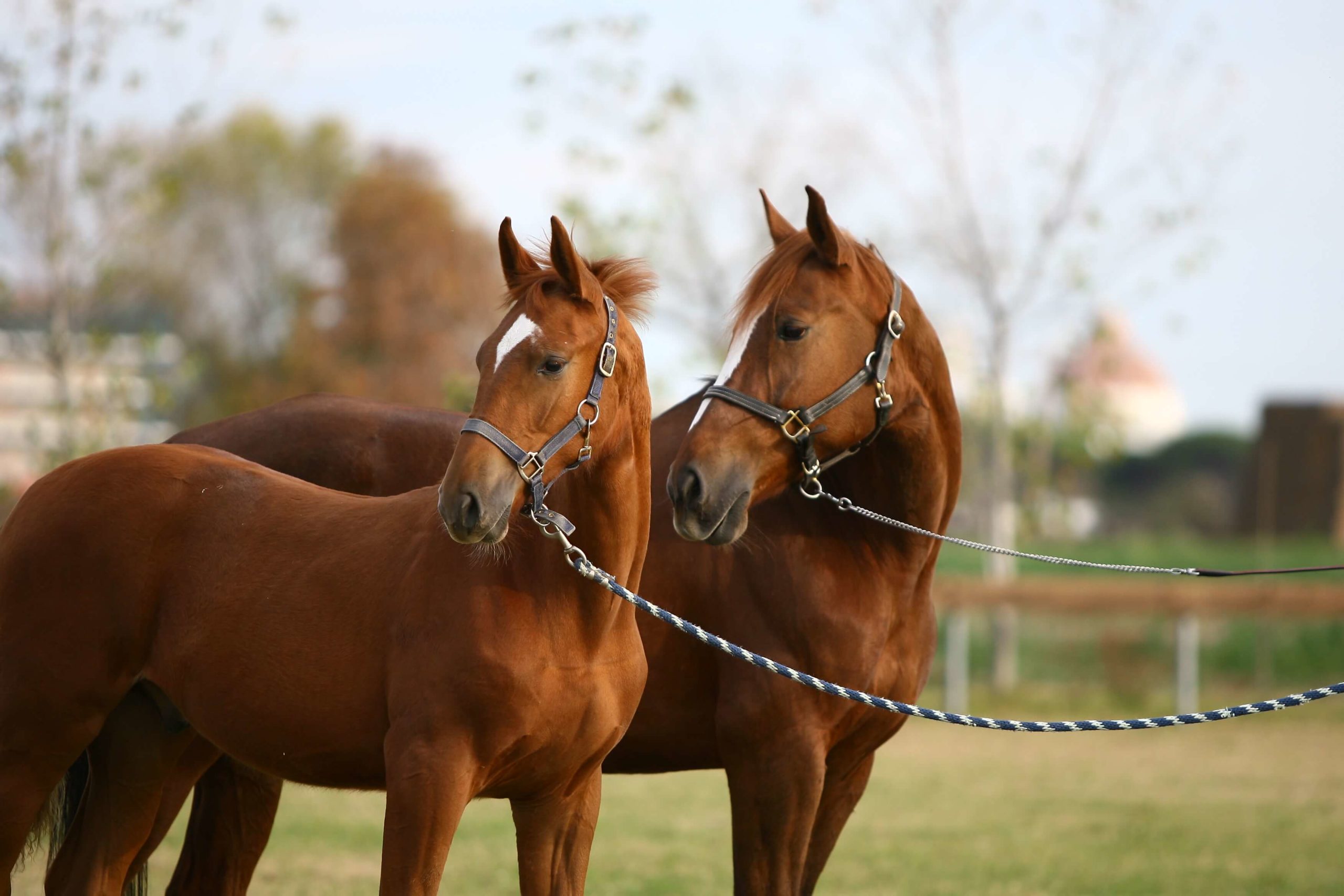GASTRIC ULCERS
The real obstacle for horses
Prof.ssa Emanuela Valle
Dip. Scienze Veterinarie – Università di Torino
EBVS® European Specialist in Veterinary and Comparative Nutrition
Equine gastric ulcers (EGUS) are a common problem in horses, with negative effects on their welfare and performance. These ulcers are divided into two main types, based on the area of the stomach affected:
Equine Squamous Gastric Disease (ESGD): affects the upper part of the stomach.
Equine Glandular Gastric Disease (EGGD): affects the lower part, which is more protected, but not immune to damage.
Causes and symptoms
Gastric ulcers are a common cause of poor performance and behavioural changes in horses. The symptoms of gastric ulcers are often subtle and difficult to detect. However, understanding the signs is vital to ensure the horse’s well-being and optimal performance as his sporting ability may be affected.
Studies have shown that horses with severe ulcers show decreased aerobic capacity and less effective recovery after exercise, with higher lactate levels.
Other symptoms of gastric ulcers include:
Recurring colic often immediately after eating hard feed.
Selective decreased appetite: horses that have previously been good eaters suddenly become fussy.
Weight loss: not always present, but can occur
Behavioural changes: can be deceptive, such as greater nervousness or strange reactions to aids, unwillingness to exercise and grumpiness when the girth is tightened.
How to prevent and deal with gastric ulcers
Reduce eating stress:
Reduce cereals, increase fibre. Pick a diet with a low starch content, choosing feed rich in fibre and fats. Feed at least 2% of the horse’s body weight in long hay, distributed over three or four meals, with a larger dose in the evening (for example, using a hay net). Although the horse tolerates overnight fasting better, periods longer than 4-5 hours without forage can be harmful. For horses with gastritis, it is better to have hay available at all times. Hay not only protects gastric health but stimulates saliva production and forms a protective ‘mat’ in the stomach. Long fibre diets are particularly effective in preventing prolonged periods of fasting, as the horse’s stomach, in nature, never remains empty for long.
Continuous hydration: always make sure water is available at all times, even during transport and competitions.
Reduce management stress
Gradual exercise: intense activity increases abdominal pressure, pushing gastric acids towards unprotected areas of the stomach.
For horses with gastritis, it is better to plan a period of very light work, perhaps every other day, alternating turning them out in a field to free and relaxed exercise. Avoid long hours of stabling, allowing the horse to spend time in the field to relax, socialise and graze. Rest between competitions: ensure adequate recovery periods between competitions to reduce physical and mental stress, as transport also represents a significant source of stress.
Cautious use of medications: use medications only when prescribed by your vet.
Reduce gastric acidity
Together with therapy, our vet can recommend supplements with different effects.
Buffering effect: some supplements, such as those based on alfalfa flour or calcium carbonate, neutralize gastric acidity and promote the healing of the mucosa.
Stimulation of antioxidant activity: antioxidant substances present in specific supplements support healing processes, reducing inflammation and promoting the recovery of the mucosa.
Natural protective barriers: some products include mucilaginous substances that form a protective layer on the gastric surface, improving protection against acidity and facilitating the healing of existing lesions.




